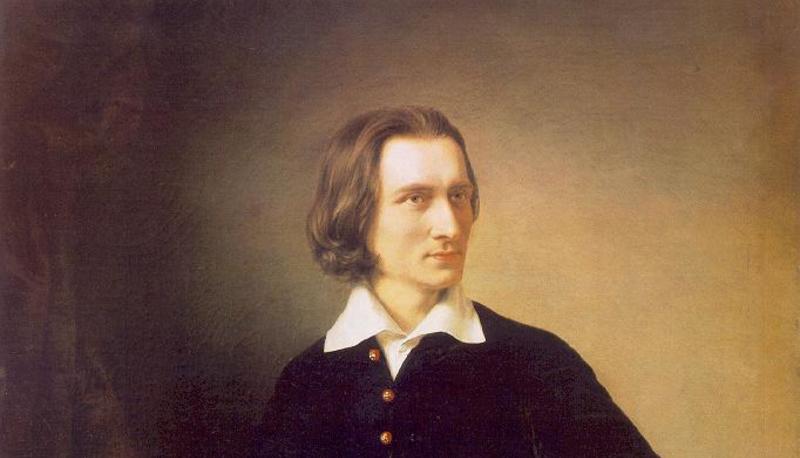Concetti Chiave
- The poem tells of a knight entranced by a mysterious fairy, leading to his desolation in a barren landscape.
- The narrative involves a dream-like encounter where the knight meets "pale kings and princes" who warn him of the fairy's enchantment.
- The poem's brevity and ABCB rhyme scheme contrast with its complex themes of entrapment and possible death symbolism.
- Interpretations vary, with some suggesting the knight's fate is a result of enchantment, while feminist readings propose a moral consequence.
- Keats' work is debated as either a simple narrative or a deeper emotional exploration without explicit moralizing intent.
Incontro con la fata misteriosa
The poem describes the encounter between an unnamed knight and a mysterious fairy. It opens with a description of the knight in a barren landscape, "haggard" and "woe-begone". He tells the reader how he met a beautiful lady whose "eyes were wild"; he set her on his horse and they went together to her "elfin grot", where they began to make love. Falling asleep, the knight had a vision of "pale kings and princes", who warn him that "La Belle Dame sans Merci hath thee in thrall!" ( The Lady without pity has you in her charm !). He awoke to find himself on the same "cold hill's side" where he is now "palely loitering".
Enigmi e interpretazioni
Although La Belle Dame Sans Merci is short (only twelve stanzas of four lines each, with an ABCB rhyme scheme), it is full of enigmas. Because the knight is associated with images of death — a lily (a symbol of death in Western culture), paleness, "fading", "wither[ing]" — he may well be dead himself at the time of the story. 
Domande da interrogazione
- Qual è l'incontro centrale descritto nel poema?
- Quali sono le interpretazioni principali del destino del cavaliere?
- Come viene rappresentata la morte nel poema?
Il poema descrive l'incontro tra un cavaliere senza nome e una fata misteriosa, culminando in una visione inquietante che lascia il cavaliere intrappolato in un paesaggio desolato.
Le interpretazioni principali suggeriscono che il cavaliere sia intrappolato dalla Belle Dame, o che sia punito per averla aggredita, basandosi su indizi testuali come il suo pianto e i sospiri.
La morte è rappresentata attraverso immagini come il giglio, la pallidezza e il decadimento, suggerendo che il cavaliere possa essere già morto o condannato a un destino simile.







 Accedi a tutti gli appunti
Accedi a tutti gli appunti
 Tutor AI: studia meglio e in meno tempo
Tutor AI: studia meglio e in meno tempo